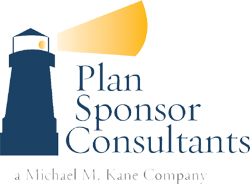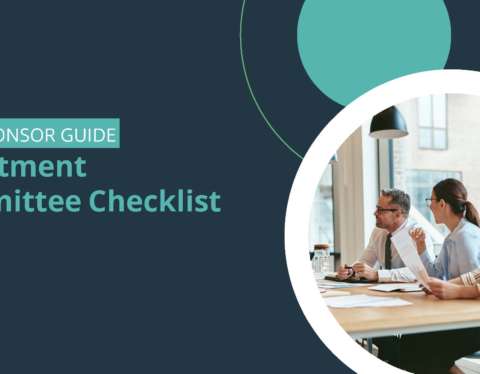Valentine’s Day is a perfect time to spread some lovin’ to your employees by adding to, or improving upon, a matching contribution formula for your retirement savings plan. Just as with other forms of compensation, an employer match potentially keeps you competitive within your industry, while also helping your employees save more for retirement.
Some industry sources believe the average worker should save 15 percent of their current annual salary to support future retirement. An employer matching program helps address this need by:
- Driving Participation – Employees are more likely to enroll in a retirement savings plan when it includes a matching program. A recent Schwab report shows that seven out of 10 employees cite an employer matching program as the reason they enrolled in their retirement savings program.1
- Boosting Plan Participation – Employee participation jumps from 70 percent to 76 percent when a match is offered, according to the same Schwab report.
- Providing Motivation – a majority of participants who get matching contributions from their employer say they are contributing at least enough to receive the full company match.
Studies show four out of five employers offer some type of matching program. Here’s a breakdown on the most common employer match formulas:
- One-for-one – Employers match dollar for dollar on the first 6 percent of employee deferrals. This is the most common type of employer contribution, according to a report by BrightScope Inc. and the Investment Company Institute (ICI).
- Partial – Employers match 50 percent of the employee contributions (up to 6 percent).
- Safe Harbor – Dollar for dollar matches up to 3 percent of the employee compensation, and 50 cents on the dollar for the contributions exceeding 3 percent, but not 5 percent, of employee compensation. Safe Harbor matches also include a non-elective contribution equal to 3 percent of compensation to each employee retirement savings plan.
An innovative formula that may lead to greater total retirement savings is a stretch match. With this option, employers contribute the same amount, but instead of matching, for example, 50 percent on the first 6 percent an employee contributes to a plan, you match 25 percent on the first 12 percent of contribution deferrals. By increasing the match threshold, employees may be more likely to opt for a higher personal contribution deferral rate, which means they save more!
Vesting timing can also incent employee contributions, and with a continuing shift to more job changes, many employees now expect organizations to offer immediate or near-term vesting contributions. For more on vesting options and other match considerations see Finding the Right 401(k) Match by SHRM.
How much you decide to match requires careful evaluation of your various business parameters, your total benefit plan and your plan goals. Any changes you make to a current plan should be well communicated to your employees. For instance, while the stretch may get employees to save more, the smaller match per contribution percentage can be perceived as a negative if not properly explained.
Timing is equally important, as well as benchmarking and compliance. If you are considering making changes or have any questions, please feel free to contact me and I can walk you through the key steps.
The opinions voiced in this material are for general information only and are not intended as authoritative guidance or tax or legal advice. You should consult with your attorney or advisor for guidance on your specific situation.



